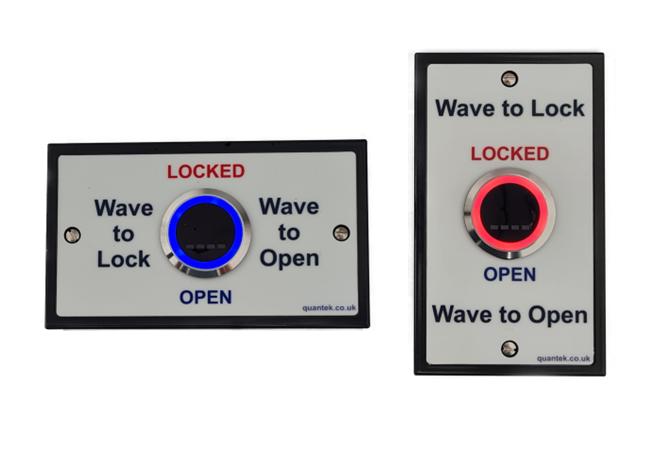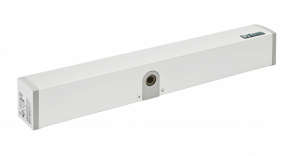Wave to Open Toilet Sensor DGWCLOCK
Wave to Open / Wave to Lock Toilet Sensor
Internal disabled toilet lock sensor for automatic & manual doors. Powder coated aluminium plate with scratch resistant, antimicrobial acrylic fascia and touch free infrared button with LED status indicator. Designed to be flush fitted to a double gang box, for use with our WCPCB.
Choose between Vertical & Horizontal options.
How Our Toilet Sensors Work?
– The toilet door is normally locked. If it is vacant, as shown by the blue status LED, the user can insert their Radar key and turn it to the right. The door will unlock and open.
– Once inside and the door is shut, the user operates the internal Wave to Lock/Open sensor. This changes all the LED’s to red, signifying the engaged status, and inhibits the external Radar key switch.
– When finished the user operates the same sensor and the door unlocks and opens, the LED’s change back to blue.







BEST PRICE
Prices that are hard to beat!
TRADE ENQUIRIES
Set up an online account or contact us for the current trade prices
GUARANTEED
Next-Day Delivery*
Reviews
You Might Also Like
-

Square Contactless Toilet Indicator Sensor SQWCHASS-K
Square Contactless Toilet Indicator "No Touch" Square hardwired Hand sensor with scratch resi...
£108.25Excluding Sales Tax | ShippingBUY NOW -

Radar Key Entry Disabled Persons Toilet Door Switch
Radar Key Entry Architrave/Jamb Switch sku: AWCRADAR H...
£328.87Excluding Sales Tax | ShippingBUY NOW -

Door Finger Guard Protection FSR5000 & FSR6000
Door Finger Guard Protection Finger guards help to improve door...
£92.20Excluding Sales Tax | ShippingBUY NOW -

Replacement Radar Keys
Replacement Radar Keys Easy turn Key that suits all...
£3.56Excluding Sales Tax | ShippingBUY NOW




